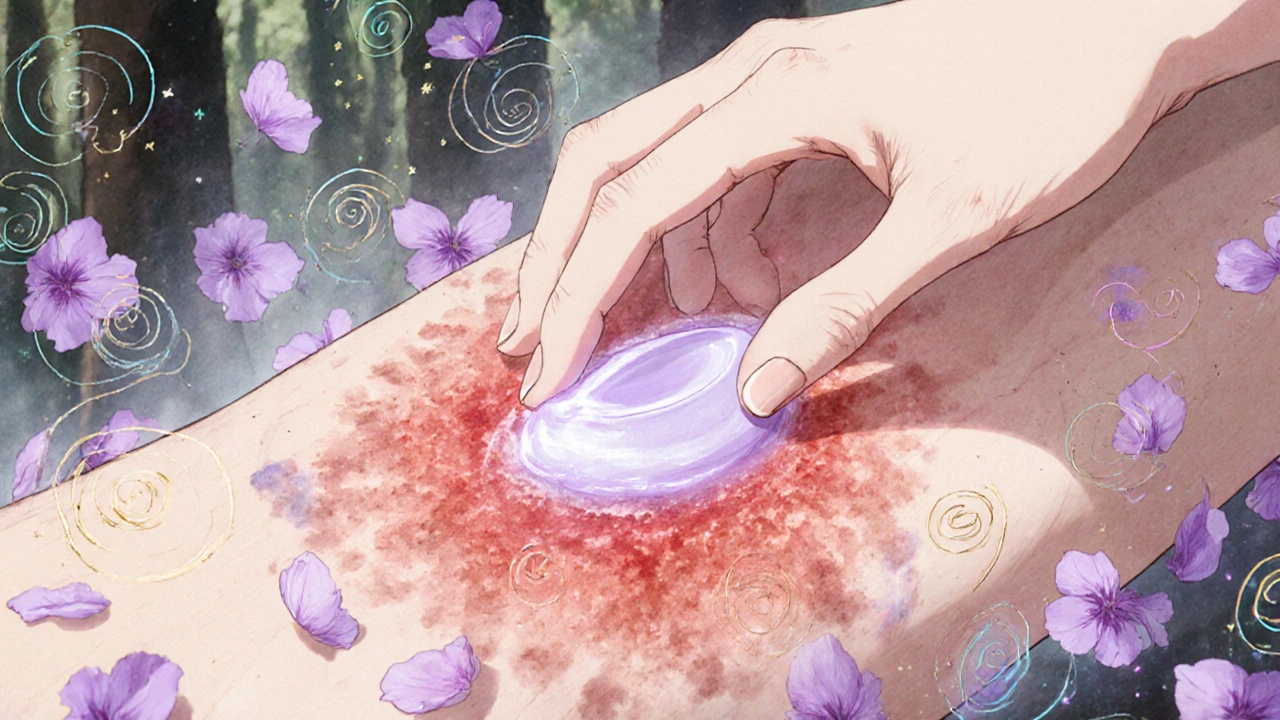Skin Infections: Causes, Treatments, and What Actually Works
When your skin gets red, itchy, or starts peeling, it’s often a sign of a skin infection, an invasion of bacteria, fungi, or viruses that disrupts the skin’s natural barrier. Also known as cutaneous infection, it’s one of the most common reasons people visit a doctor—or scroll online looking for answers. These aren’t just surface issues. Left untreated, even a small rash can spread, turn into an abscess, or trigger deeper infections that affect your whole body.
Not all skin infections are the same. bacterial skin infection, like cellulitis or impetigo, often starts with warmth, swelling, and pus, and usually needs antibiotics. fungal skin infection, such as athlete’s foot or ringworm, thrives in damp areas and causes flaky, circular patches, and responds to antifungal creams. Then there are viral ones—like herpes or molluscum—that behave differently again. Knowing the type matters because using the wrong treatment can make things worse. For example, slathering steroid cream on a fungal infection might calm the itch temporarily but let the fungus grow unchecked.
That’s why so many posts here focus on what works—and what doesn’t. You’ll find clear breakdowns of topical steroids, like Flutivate or dexamethasone, used for severe inflammation but risky if misapplied, and how they’re sometimes misused for simple rashes. Others dive into antibiotic treatment, such as clindamycin, and why overuse leads to resistance. There are guides on spotting scaly overgrowths that look like psoriasis but are actually fungal, and how to choose between OTC creams and seeing a doctor.
This isn’t about guessing. It’s about matching the symptom to the cause. Whether you’re dealing with poison ivy that won’t quit, a persistent itch between your toes, or a rash that came on after antibiotics, the posts below give you the facts—not hype. You’ll learn what triggers flare-ups, how to avoid spreading it to others, and which treatments have real evidence behind them. No fluff. No marketing. Just what you need to take control of your skin health.

